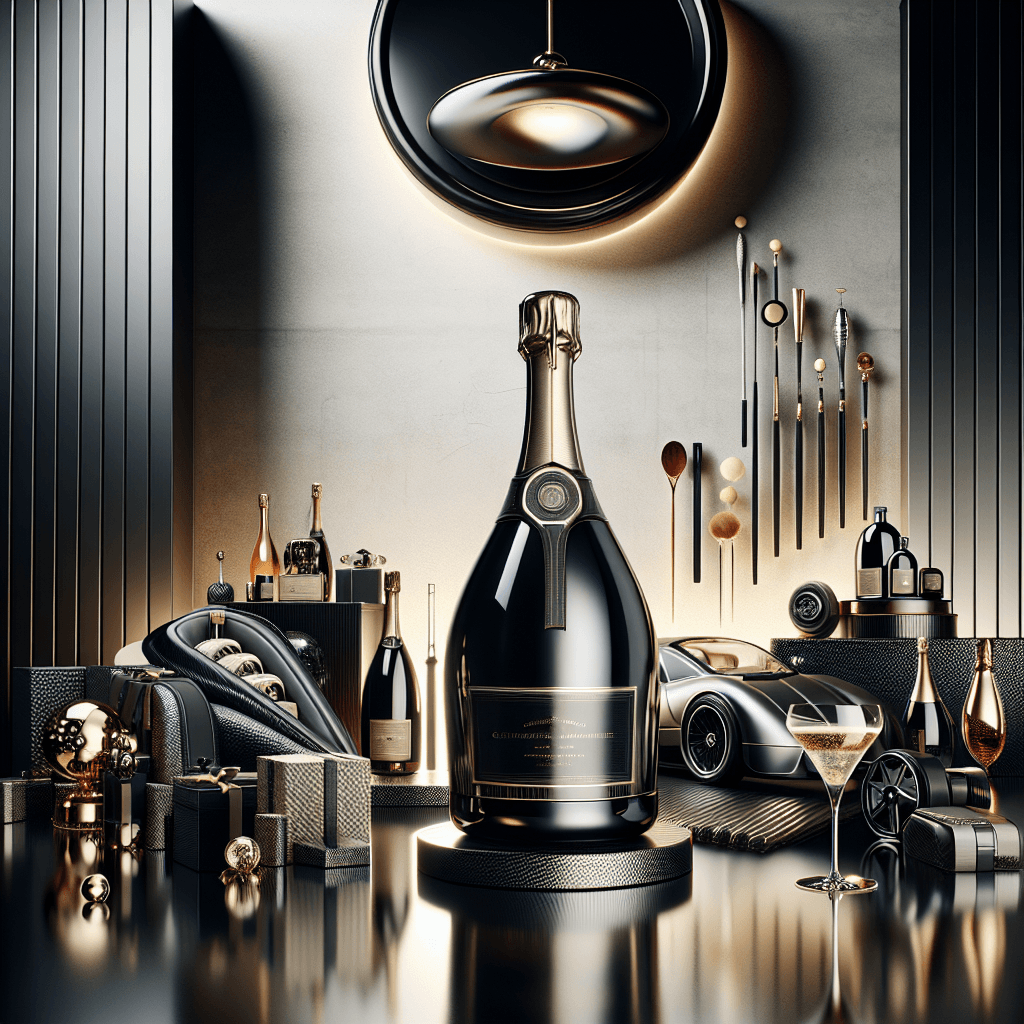A Deep Dive into Record-Breaking Auction Sales
Champagne, a symbol of luxury and celebration, has long fascinated connoisseurs and collectors alike. Beyond its effervescent allure, certain bottles of champagne command astronomical prices at auction, reflecting their rarity, historical significance, and the meticulous craftsmanship involved in their creation.
- Historical Context of Champagne
- Record-Breaking Champagne Sales
- The Craftsmanship Behind Prestigious Champagne Bottles
- Cultural Significance of Expensive Champagnes
- The Collector’s Perspective
- Looking to the Future: Trends in Champagne Collecting
Historical Context of Champagne
The story of champagne is deeply rooted in French culture and history, dating back to the 17th century when it was first created by accident. The region of Champagne, with its unique terroir, became the center of champagne production, thanks to pioneers like Dom Pérignon, who is often (though somewhat mythically) credited with inventing the sparkling wine we know today.
Champagne’s association with luxury began in the royal courts of Europe, where it was served during significant ceremonies and celebrations. This prestigious backdrop set the stage for champagne’s future as a symbol of opulence and festivity.
Record-Breaking Champagne Sales
At auction, certain bottles of champagne have fetched prices that underscore their status as not just beverages but as artifacts of history and luxury. Here are some notable sales:
- 1820 Juglar Cuvee – Sold for $43,500 in 2011, this bottle is one of the oldest known champagnes. Juglar, a house that no longer exists, merged with Jacquesson in 1829, adding to its rarity and value.
- 1959 Dom Pérignon Rosé – A bottle of this rare champagne was auctioned for $42,350 in 2008. Its scarcity and the prestige of the Dom Pérignon label contribute to its high price.
- 1996 Dom Pérignon Rose Gold Methuselah – This six-liter bottle, one of only 35 produced, sold for $49,000 in 2013. Its rose gold-plated bottle adds to its allure and collector’s value.
These record prices reflect the deep-seated allure of champagne, combining historical depth, artisanal production, and a touch of luxury marketing.
The Craftsmanship Behind Prestigious Champagne Bottles
The creation of champagne is an art that requires precision, patience, and a deep understanding of viticulture and enology. The most expensive champagnes often come from grapes sourced from the best vineyards in the Champagne region, benefiting from the ideal growing conditions that define the appellation.
The process of fermentation, blending, and aging in cellars for several years enhances the complexity and flavor profiles that connoisseurs prize. Houses like Krug, Louis Roederer, and Bollinger maintain stringent quality standards and use traditional methods that have been refined over centuries.
Cultural Significance of Expensive Champagnes
Expensive champagnes are more than just drinks; they are cultural icons. For instance, the association of champagne with celebration, success, and luxury makes it a frequent feature in film, literature, and important state functions.
Moreover, these champagnes often serve as a link to the past, offering a taste of history. Collectors and enthusiasts cherish old and rare editions because they represent a connection to the epochs and events that shaped the world.
The Collector’s Perspective
From a collector’s viewpoint, acquiring rare champagnes is driven by a passion for the wine’s heritage and craftsmanship. Each bottle tells a story of its era, the winemaker’s art, and sometimes, the innovations that influenced what champagne has become today.
Collectors often display their acquisitions in custom cellars and consider them as central pieces in their collection, not merely for consumption but as investments in history and art.
Looking to the Future: Trends in Champagne Collecting
The market for rare and expensive champagnes shows no signs of slowing down. As global wealth increases, so does the interest in owning unique and historically significant items, including champagne.
Future trends may see a rise in the acquisition of limited-edition releases from esteemed houses, as well as increased interest in champagnes produced during historically significant years. The allure of owning a piece of history, combined with the sensory pleasure that a fine champagne provides, ensures that this market will continue to thrive.
For further exploration into the world of luxury champagnes, esteemed publications such as Decanter offer extensive archives and expert insights.



